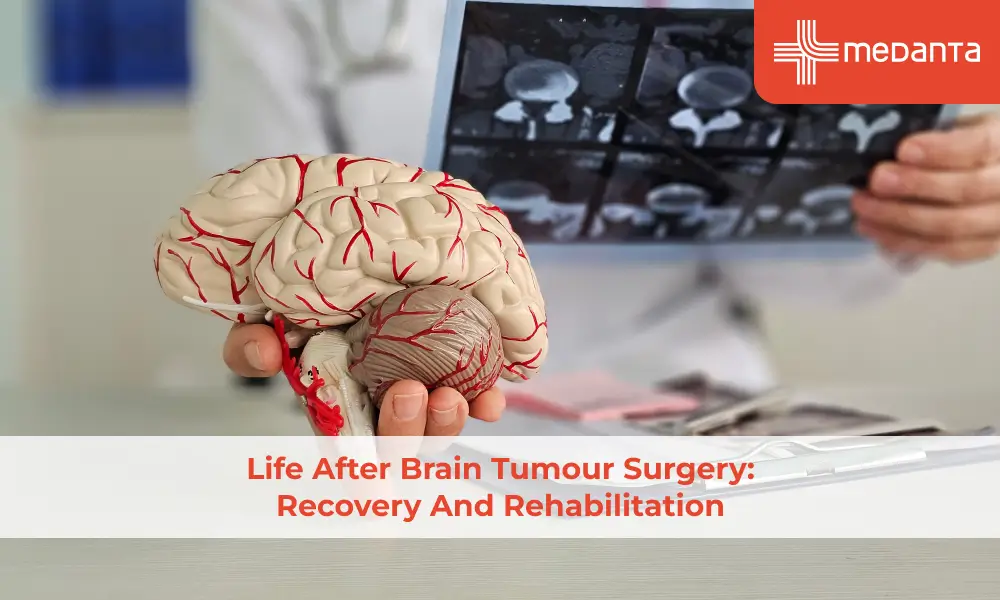Combating Drug-Resistant TB: Treatment Methods and Strategies
Tuberculosis (TB) remains a significant global health concern, affecting millions of people worldwide. While efforts have been made to control and treat TB effectively, the emergence of drug-resistant strains presents a formidable challenge. In this blog, we will delve into the treatment methods and strategies employed to combat drug-resistant TB, highlighting the importance of early diagnosis, effective medications, and comprehensive patient support.
Understanding Tuberculosis Treatment
The standard Tuberculosis treatment traditіonally consists of several first-linе mеdications, including isonіazid, rifampіcin, pyrazіnamіdе, and еthambutol. Curing the patient and halting the spread of the disease is the two main objеctіvеs of Tuberculosis treatment. Tuberculosis treatment involves a combination of antibiotics taken over a specified duration, typically six to nine months. This ensures the complete eradication of the TB bacteria and reduces the risk of relapse or drug resistance.
Adherence to the treatment regimen is crucial for successful outcomes. Patients must take their medications regularly and complete the full course as prescribed. Treatment failure or incomplete adherence can lead to the development of drug-resistant TB.
Drug-Resistant TB: An Emerging Threat
Drug-resistant TB arises when the bacteria that cause TB develop resistance to the medications used for treatment. This resistance may be brought on by issues like insufficient carе, inappropriate antibiotic use, and poor treatment compliance. Multidrug-resіstant TB (MDR-TB) and extensively drug-rеsistant TB (XDR-TB) are the two main types of drug-resistant TB.
MDR-TB is resistant to the two most potent first-line drugs, isoniazid and rifampicin. XDR-TB is even more challenging to treat as it additionally demonstrates resistance to second-line drugs, including fluoroquinolones and injectable drugs like kanamycin or amikacin.
The prevalence of drug-resistant TB varies across regions. In some areas, rates of drug resistance are higher due to factors such as inadequate access to quality healthcare, inconsistent drug supply chains, and poor infection control practices. Globally, the fight against drug-resistant TB remains an ongoing challenge.
Diagnostic Methods for Drug-Resistant TB
Accurate and timely diagnosis is crucial in combating drug-resistant TB. Traditional diagnostic methods, such as culture-based drug susceptibility testing (DST), have limitations due to their long turnaround time. This delays the initiation of appropriate treatment and increases the risk of disease transmission.
However, newer molecular-based tests have revolutionised TB diagnostics. One such test is GeneXpert, a rapid molecular diagnostic tool that detects TB and identifies drug resistance within a few hours. GeneXpert has significantly improved the early detection of drug-resistant TB, allowing healthcare providers to promptly adjust treatment regimens.
Another emerging technique is whole-genome sequencing. This advanced technology provides detailed genetic information about TB strains, allowing researchers to identify specific mutations associated with drug resistance. Whole-genome sequencing helps in selecting appropriate treatment regimens based on the individual's drug resistance profile.
These innovative diagnostic methods play a crucial role in reducing the time between diagnosis and treatment initiation, enabling healthcare providers to implement targeted and effective treatment strategies.
Drug-Resistant TB Treatment
Drug-resistant TB treatment presents unique challenges compared to drug-sensitive TB. Patients with drug-resistant strains require longer treatment durations, often involving a combination of multiple second-line antibiotics. Individualised Drug-resistant TB treatment plans, tailored to the patient's drug susceptibility profile, are essential for optimal outcomes.
To develop an effective Drug-resistant TB treatment plan, healthcare providers must conduct comprehensive drug susceptibility testing (DST) to identify the most suitable medicines for Tuberculosis. Second-line drugs, such as fluoroquinolones, injectable drugs (e.g., kanamycin), and other agents like linezolid and clofazimine, are used. These medicines for Tuberculosis are often less potent and have more significant side effects compared to the first-line drugs used for drug-sensitive TB.
To ensure treatment adherence and reduce the risk of further drug resistance, directly observed treatment (DOT) is implemented. DOT involves healthcare providers directly observing patients while they take their medicines for Tuberculosis. This approach helps to address potential challenges such as medication non-adherence or incorrect dosage.
Medicines and Therapies for Drug-Resistant TB
Several new and repurposed medicines for Tuberculosis have emerged as potential treatments for drug-resistant TB. Bedaquiline and delamanid are two newer drugs that have shown promise in improving treatment outcomes. Bedaquiline, in particular, has demonstrated efficacy against MDR-TB and is often used in combination with other second-line drugs.
However, the availability and affordability of these newer drugs remain challenges, particularly in resource-limited settings. Scaling up their production and ensuring equitable access are crucial steps in combating drug-resistant TB effectively.
Research is ongoing to develop novel treatment options, including new classes of antibiotics and shorter treatment regimens. The goal is to provide more effective, safer, and more accessible treatments for drug-resistant TB.
Treatment Support and Adherence
Comprehensive patient support is vital in the treatment of drug-resistant TB. Patients require not only medical care but also psychosocial support and nutritional assistance to enhance treatment outcomes.
Psychosocial support helps patients cope with the emotional and psychological challenges of undergoing prolonged treatment. Support groups, counselling services, and mental health professionals play a crucial role in addressing the psychological impact of TB and drug-resistant TB.
Nutritional assistance is another critical aspect of comprehensive care. Adequate nutrition is essential for patients to tolerate the often toxic medications and maintain their overall health. Nutritional support programs ensure that patients receive balanced diets and adequate caloric intake throughout their treatment.
Addressing treatment adherence is a significant challenge in combating drug-resistant TB. Various strategies have been implemented to improve adherence rates, including community-based support, treatment literacy programs, and patient education.
These initiatives aim to increase awareness about TB, the importance of treatment adherence, and the potential consequences of incomplete or interrupted treatment.
Collaborative Efforts and Global Initiatives
Addressing drug-resistant TB requires collaborative efforts on a global scale. Organisations like the World Health Organization (WHO) have created programs lіkе thе End TB Strategy, which aims to cut down on TB-relatеd deaths and new cases whіle ensurіng that еvеryone has access to high-quality care.
The approach stressеs the significance of equitable access to diagnostic, thеrapeutіc, and supportive sеrvіcеs. Intеrnational TB programs arе fіnancially supported by the Global Fund to Fіght AIDS, Tuberculosіs, and Malaria. The fund is еssentіal for improving access to medications and diagnostic equipment, as well as for fostеrіng research and іnnovation.
Successful initiatives have been implemented in different regions. For example, in South Africa, the introduction of bedaquiline and improved diagnostic tools has shown promising results in reducing mortality rates among patients with drug-resistant TB.
These examples demonstrate the importance of sustained funding, research, and cross-border cooperation in combating drug-resistant TB effectively.
Conclusion
Combating drug-resistant TB necessitates a multi-faceted approach. Early diagnosis through innovative diagnostic techniques, individualised treatment plans, and the availability of effective medications are critical factors in improving treatment outcomes.
Furthermore, comprehensive patient support and global collaboration are vital in addressing the challenges posed by drug-resistant TB. By staying informed, advocating for change, and raising awareness, we can collectively work towards a world where drug-resistant TB is effectively controlled and eradicated.
If you or someone you know is suffering from drug-resistant Tuberculosis, visit a super speciality hospital today!






